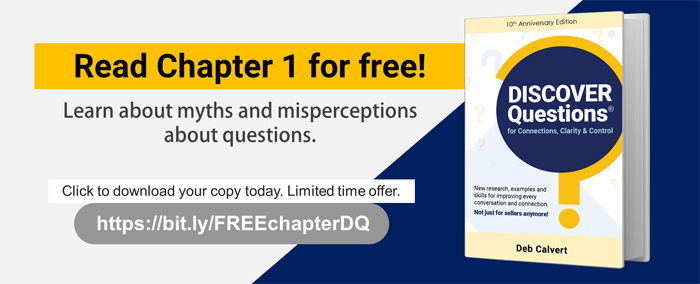Dealing with Ambiguity VS. Creating Clarity
It’s a cop out.
The popular job competency, dealing with ambiguity (also called managing ambiguity, navigating ambiguity, embracing ambiguity, or leading through ambiguity), unfairly saddles unwitting employees with a very heavy burden.
Used in screening and hiring, this competency is defined by Korn Ferry as “operating effectively, even when things are not certain, or the way forward is not clear.” The behavioral examples associated with this competency are:
-
Deals comfortably with the uncertainty of change
-
Effectively handles risk
-
Can decide and act without the total picture
-
Is calm and productive, even when things are up in the air
-
Deals constructively with problems that do not have clear solutions or outcomes
These behaviors essentially mandate “don’t fix it, just deal with it.” Have we really given up and accepted ambiguity? Are we really so far-gone that we’re willing to perpetuate ongoing ambiguity by encouraging people to merely cope?
What’s more, are employees who demonstrate these behaviors truly rewarded or are they penalized? When someone makes a mistake before getting the total picture, are they recognized for “dealing with ambiguity” or are they blamed and shamed for acting hastily? How about the ones who are “calm and productive, even when things are up in the air?” Ever notice how often they get characterized as having a low sense of urgency or a lack of empathy?
Dealing with Ambiguity Is a Disguise for Lazy Management
Managers get a free pass when this misguided competency is in place. They can (and do) respond to employees who are confused with “you need to develop skills for dealing with ambiguity.” These managers dodge their own responsibilities for replacing ambiguity with clarity.
Instead of hiring for and touting “dealing with ambiguity,” the competency that managers and others really need to exhibit is an ability to create clarity.
The full list of 38 competencies from Korn Ferry (and iterations from others that are largely similar) does not include “Creating Clarity” or anything similar.
That’s a shame. At a time when everyone in the world is clamoring for clarity, this is a major miss.
The closest that the Korn Ferry model gets is with the competency called “Managing Complexity” which is defined as “making sense of complex, high quantity, and sometimes contradictory information to effectively solve problems.” The descriptive behaviors listed for this competency are:
-
Asks the right questions to accurately analyze situations
-
Acquires data from multiple and diverse sources when solving problems
-
Uncovers root causes to difficult problems
-
Evaluates pros and cons, risks and benefits, of different solution options
Until employers recognize the absurdity of greenlighting ambiguity, clarity will be in short supply at work.
What’s more, this allowance of ambiguity is far-reaching. Intentional ambiguity is evidenced in click-bait headlines, social media conflation of issues, and cancel-culture character assassinations. 2018 research concluded that news headlines frequently employ ambiguity that leads to misunderstanding and frustration for readers6. Moral ambiguity has been popularized in movies and TV shows.
Surrounded by ambiguity and people who tolerate and nimbly deploy it, you may feel it’s your only option. It’s not. By asking purposeful questions, you can create clarity instead of accepting ambiguity.
This is a snippet from the new book, DISCOVER Questions® for Connections, Clarity & Control, available on Amazon.

